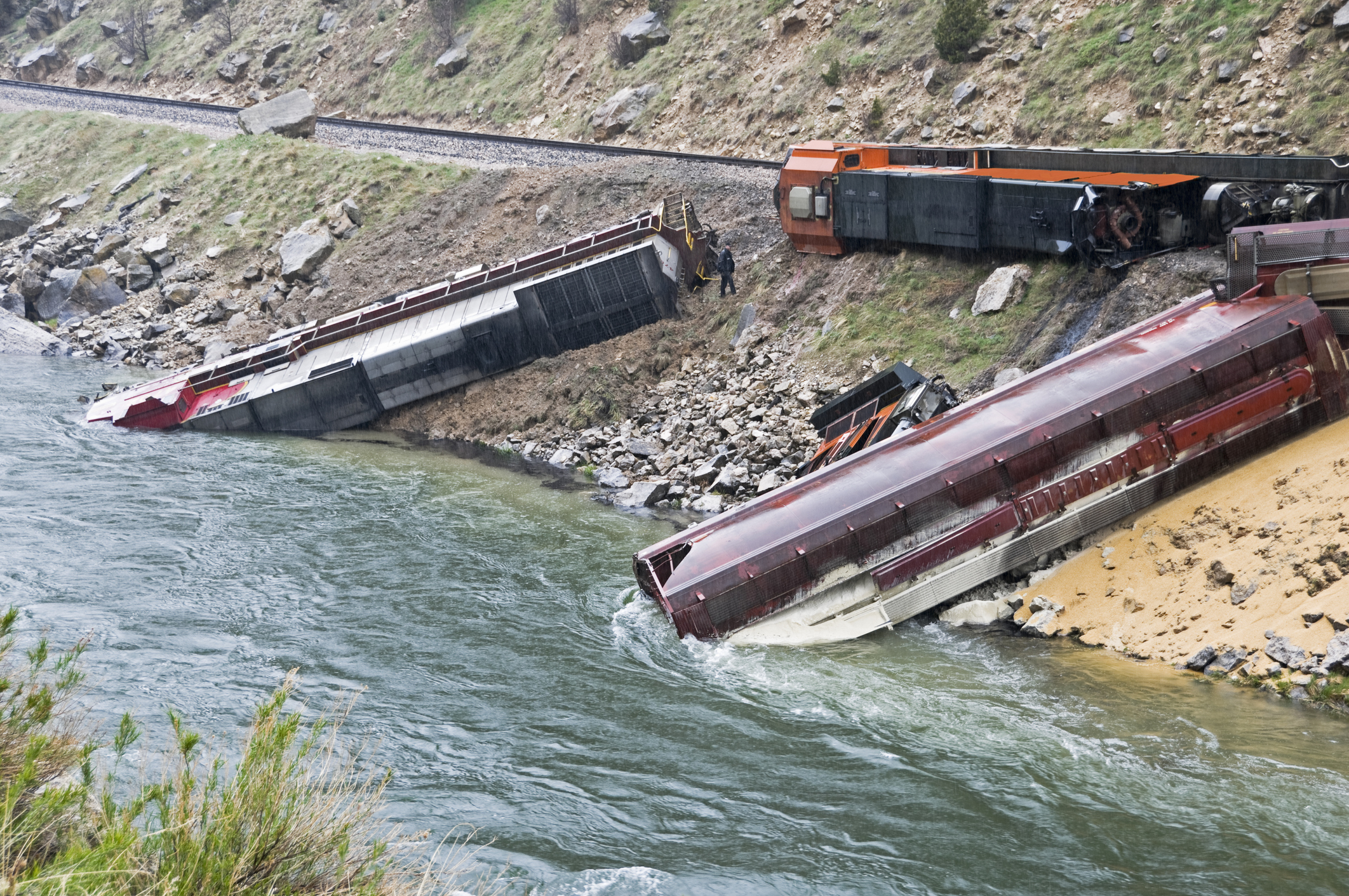“The pervasive lack of basic scientific literacy among journalists, policymakers, and many credentialed ‘experts’ continues to produce misleading and largely worthless reporting on critical minerals. Without addressing this fundamental ignorance, we risk making uninformed decisions that threaten our economic security and technological future,” stated Jack Lifton, Co-Chair, Critical Minerals Institute (CMI)
Subject-matter illiteracy among those reporting on critical minerals makes most such reporting worthless and misleading.
The decline in Western general education is no more evident anywhere than in the lack of general knowledge of chemistry, physics, and geology exhibited by today’s “journalists,” elected officials, bureaucrats, humanities students, and even among credentialed “experts” in the increasingly narrowly defined STEM subjects.
Here’s the way to put a value on any report or opinion piece about critical minerals: ask if the writer knows what a mineral is.
A mineral is a physical form of one or several chemical elements that is stable under the conditions of temperature, pressure, and air composition that exist today. Our access to any chemical element depends on our ability to concentrate a mineral containing that element, selectively extract that element from the mineral by chemical processes, and purify it and convert it temporarily to its elemental form or a related form for final use (with few exceptions, elemental forms are not stable under the contemporary conditions of air composition and temperatures and pressures necessary to support human life).
The final use of the chemical element(s) derived from the mineral will depend on our technological capability to economically maintain them in their useful metastable physical form, so that the electronic properties they impart in that form can be utilized.
The minerals in which the chemical elements are found are only stable because they represent the element’s lowest energetic form in the chemical and energy environment in which it exists (our world).
The only minerals of value are those from which forms of the desired chemical elements can be selectively extracted and processed economically further into forms that can be used to manufacture useful products.
Accessible concentrations of minerals high enough to be economically processed into useful forms of chemical elements by known physical and chemical techniques are called mines.
A mine that has not yet been built is called a deposit.
The identification of a mineral grouping, the concentration and extent of which is unknown, is called a discovery until and unless it can be proven that the concentration and extent of the mineral(s) can be economically processed by known physical and chemical techniques into useful forms. If this is the case, the discovery can be called a deposit.
Determining the grade and extent of a discovery is highly speculative and expensive, This is however the key value sought in “junior mining“, which is a term for exploration, a process with very low expectation of profit, unless a discovery is made that is either developed into a deposit, or appears highly likely to be able to be turned into a deposit.
The necessity for large quantities of copper and hydrocarbons (fossil fuels) in the late nineteenth century as electric and internal combustion engines rapidly replaced steam power ignited a mining rush in the Western United States. Ultimately, of course, this led to government involvement, and the Bureau of Mines was formed and then the United States Geological Survey (USGS).
At that same time, the mass production of electricity came into being and this allowed the development of modern copper (and aluminum) refining (and. Yes, copper and aluminum are both extracted from their ores by the same electrochemical methods developed in the late nineteenth century.
By the end of the twentieth century, financial legerdemain had taken over the American government’s view of mining, and the Hollywood version of natural resource exploration and mining had predominated in Washington. If we need natural resources, we will just buy them was the new received wisdom.
The U.S. Department of Interior had the Bureau of Mines, the Bureau of Land Management, and the USGS. All of these entities were consolidated and weakened, and “research mining operations” and expensive, extensive mineral exploration and discovery verification were eliminated by early in the twenty-first century. Their accumulated wisdom was allowed to dissipate.
The U.S. government’s ranks of experienced, hands-on, mineral explorers (prospectors) and operationally experienced mining engineers has been allowed to wither away and today the only “reports” written are based on laboratory work and bibliographic “research.” The link with the commercial world of natural resource exploration and production was broken at the end of the twentieth century.
Thus we have inexperienced “experts” giving information to uneducated journalists about critical “minerals” sourcing, processing, and use.
Should China and China’s natural resource based industries worry about competition from nations with industrial policies created by bureaucrats with little or no operational or industrial experience?




Leave a Reply